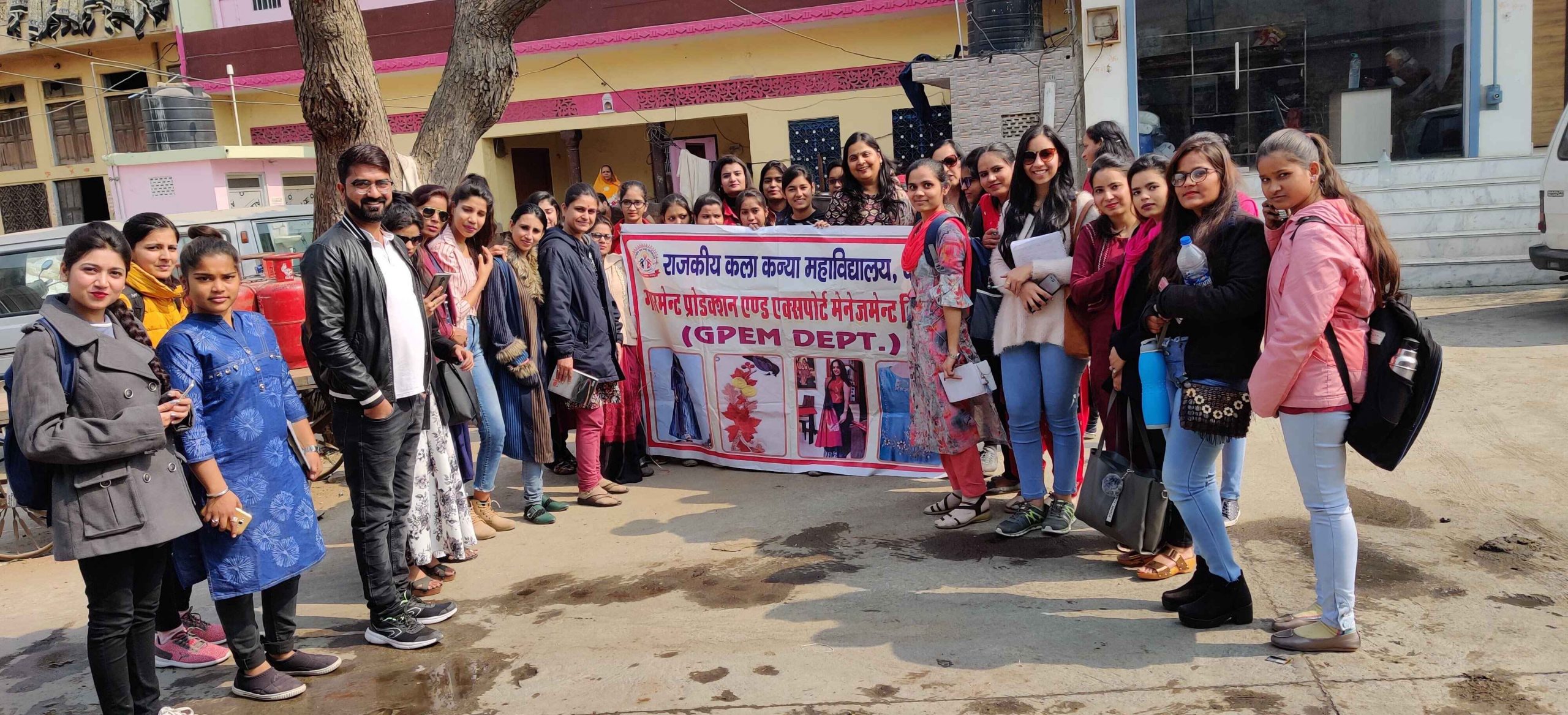Indigo Blue (Nif) Stock Vat: blue (nil) is a blue colouring matter extracted Indigo blue (mil ts (Indigofera tinctoria). The dye stuff is from nil plants (Indigof obtained from the leaves.

Freshly cut branches are pread in water for some hours until the liquid becomes thick, slimy and yellowish brown.
The surface of liquid is stirred and beaten (by which oxygen is rns green, then blue and a thick introduced). It turns green, this sediment is formed.
The liquid is drawn off, and the sediment is heated and strained to produce a thick paste which is allowed to dry. It is made into cakes and dried, and then kept for use when required. Such extraction of indigo is not however done at present by the Bagru printers.
Ready synthetic indigo available in the market for use. The dye granules are availa matter is not soluble in water. It is rendered soluble by reduction for the dyeing process and made insoluble again by oxidation when it has penetrated the fibres.
The reduction is done by a long process of fermentation since ages and hence the term vatting. The reduced liquor is stored in the vat and is used from time to time. This method is still practised at Bagru.
Although improved knowledge of chemistry has made comparatively simpler methods possible, the fermentation method is believed to render the colour more las lasting and more deep. (In a chemical vat hydro sulphite of soda or hydros is used for reducing and caustic soda is used for dissolving the reduced indigo).
100 matka-full i.e., about 700 litres of water is filled in the old math (indigo vat) to which 10 kgs. of gothan ka chuna (lime) is added. This is left for 15 days.
10
A quantity of this water is taken in a bucket and digo granules) is dissolved therein. This and V kg. poured into the math. The is po in.
This water The indigo dye ge reacting with the lime and fermenting with the conter already present in the math.
This is a very slo Contents Normally after about eight days the colour of the liquor in the m math takes a yellowish hue and a thin cruor formed on the surface of the liquor.
If howe is quantity of lime is not adequate, the yellow cort thes not appear and in that case some more lime is added to the liquor, and left for another eight days is added completion of the reaction.
With the appear Bays for the yellow colour on the surface of the liqu appearance of the kg. of indigo dissolved in a little q liquor, a further from the vat, is added to the vat.
This quantity of liquor repeated five times successivell. This operation is 5 days, each time adding ccessively at an interval of 4 to dding ½ kg. of indigo in the vat. Thus, a further 25 kgs. The kgs. of indigo is dissolved in the vat.
the liquor, with the completion of the reaction, gets completely saturated when bubbles are sent forth from of the math.
At this stage the indigo liquor of becomes ready for use. It takes a total of 35 to 40 days initially to prepare the stock vat for indigo dyeing.
If necessary, gur (molasses) is added to help vatting. About 5 kgs. of gur is added.
1 kg. of indigo granules and 2 kgs. of lime are required to be added to the stock vat for processing metres of cloth in the indigo stock vat. cloth is required to be treated, a replenishment never rate given above is made.


